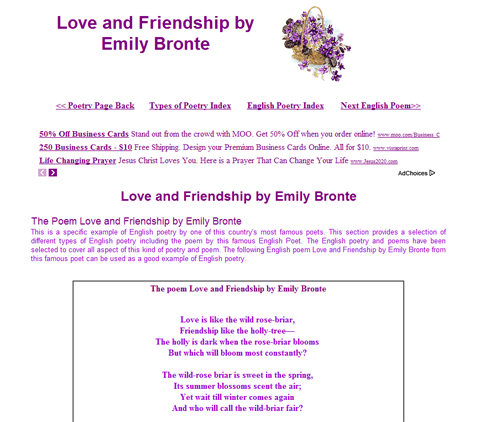



In Love & Friendship he moves directly to Austen in an adaptation of her epistolary novel Lady Susan, begun sometime around 1794 when she would have been eighteen. Watching her talk to men feels less like flirtation than cross-examination, in which she systematically finds every inconsistency and loophole in speech to solidify her position in society.Whit Stillman’s partiality for Jane Austen is obvious in his first film, Metropolitan, and close to the surface in Damsels in Distress. She targets the spineless affability of her brother-in-law, Charles (Justin Vernon), so thoroughly that even as the chaos of Susan’s presence mounts he finds ways to justify her behavior, as does her other brother-in-law, Reginald de Courcy (Xavier Samuel), whom she seduces and cajoles in one of her many simultaneously running chess games to secure a husband and, more importantly, his salary. She uses her charms and beauty to connive the sort of dull, rich, “appropriate” men that the likes of Pride and Prejudice’s Elizabeth Bennett seek to avoid altogether. Where other Austen heroines chafe against the limits of their age, Susan simply twists them to her own ends. Arriving on the doorstep of friends, distant relatives, and anyone else who will take her, Susan immediately ingratiates herself as an indefinite fixture in households and assures her new caretakers that any discussion of payment for this favor “would be offensive to us both,” a line she repeatedly says so quickly than any objections are immediately overridden by bafflement. Widowed and forced to rely on the kindness of everyone in her social circle to get by, she’s perfected the exploitation of the dizzyingly intricate class rules of her time. The film’s protagonist, Lady Susan Vernon (Kate Beckinsale), wields etiquette and obligation like a master swordsman. When crossed with Stillman’s gift for arcane but fleet-footed dialogue, Austen emerges not merely as the founder of the modern romantic comedy, but the godmother of the screwball. Whit Stillman’s film simply withholds that moment of true connection, instead pulling focus onto the social satire that informs Austen’s romantic comedies. Yet this isn’t an act of revisionism so much as a reorientation many adaptations of Austen’s novels home in on their witty passion, but romance in her literature is always a matter of rules and regulations, a hidebound social act that prompts genuine love only occasionally and to the immense surprise of all parties involved. Those who head into Love & Friendship expecting a classic Jane Austen romance may be shocked to find a story in which love is in scarce supply.


 0 kommentar(er)
0 kommentar(er)
